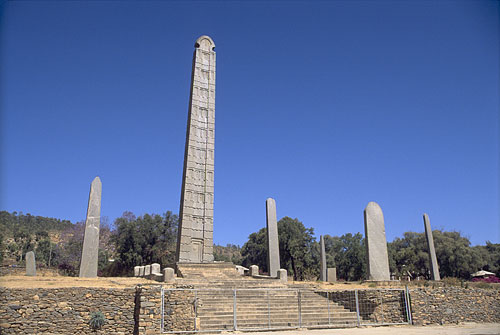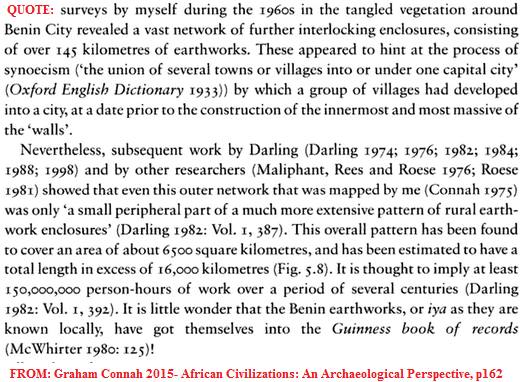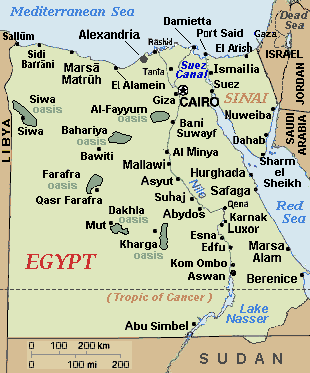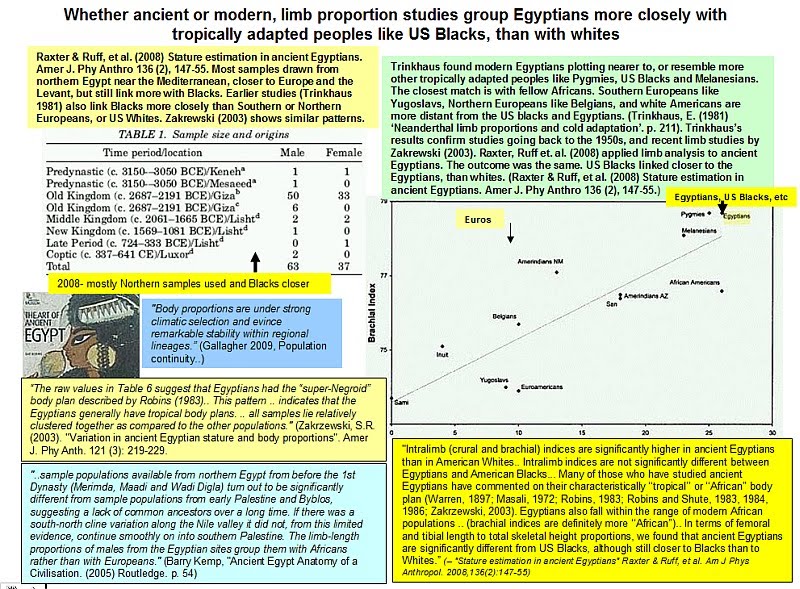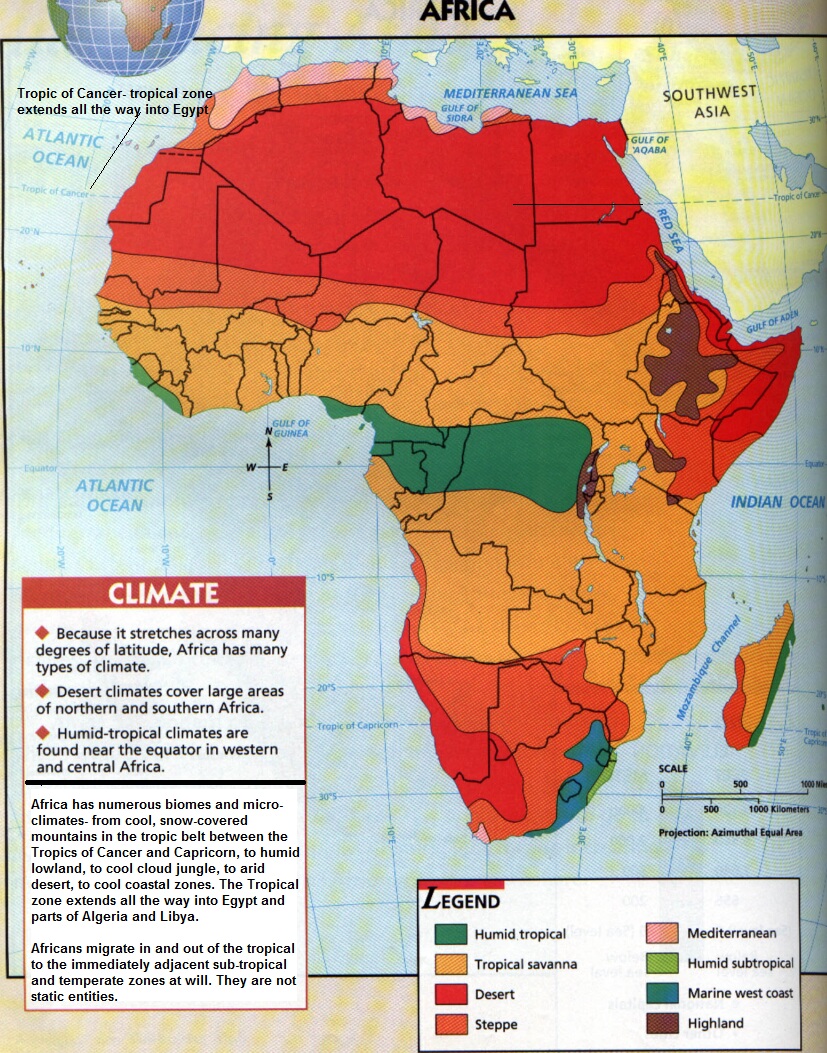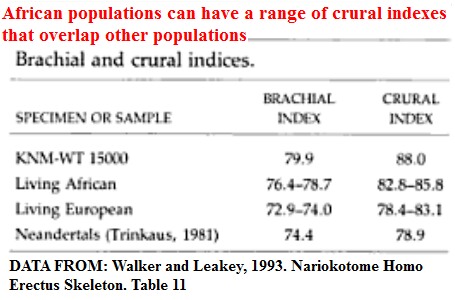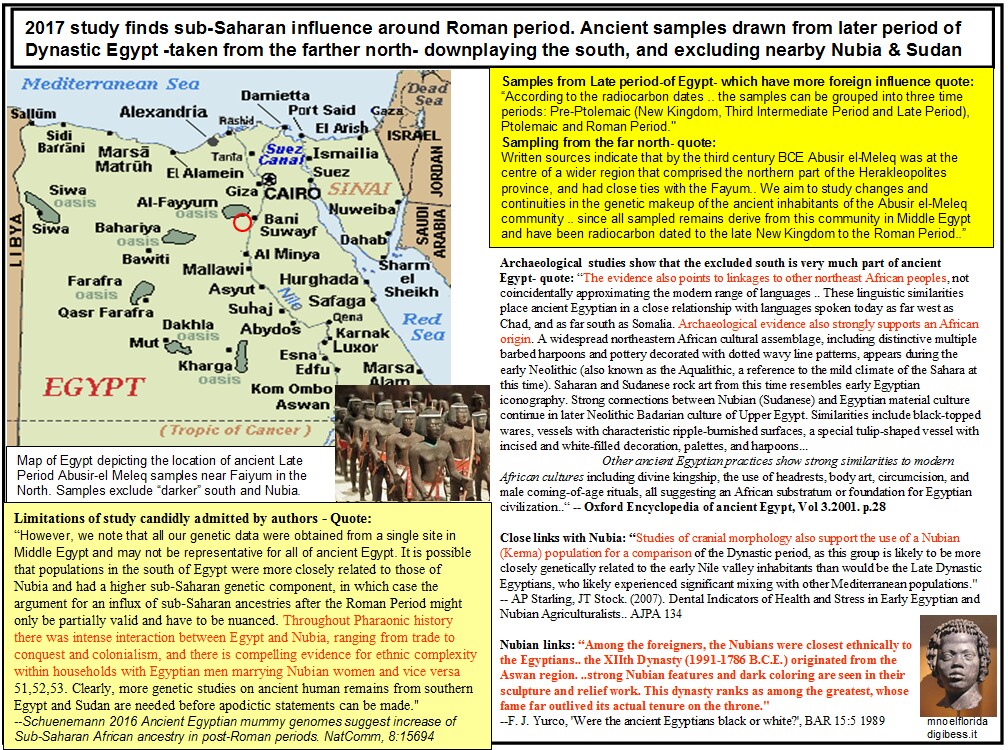Post by zarahan on Jan 6, 2017 18:04:01 GMT -5
White skin a recent occurrence for Europeans- say some scientists
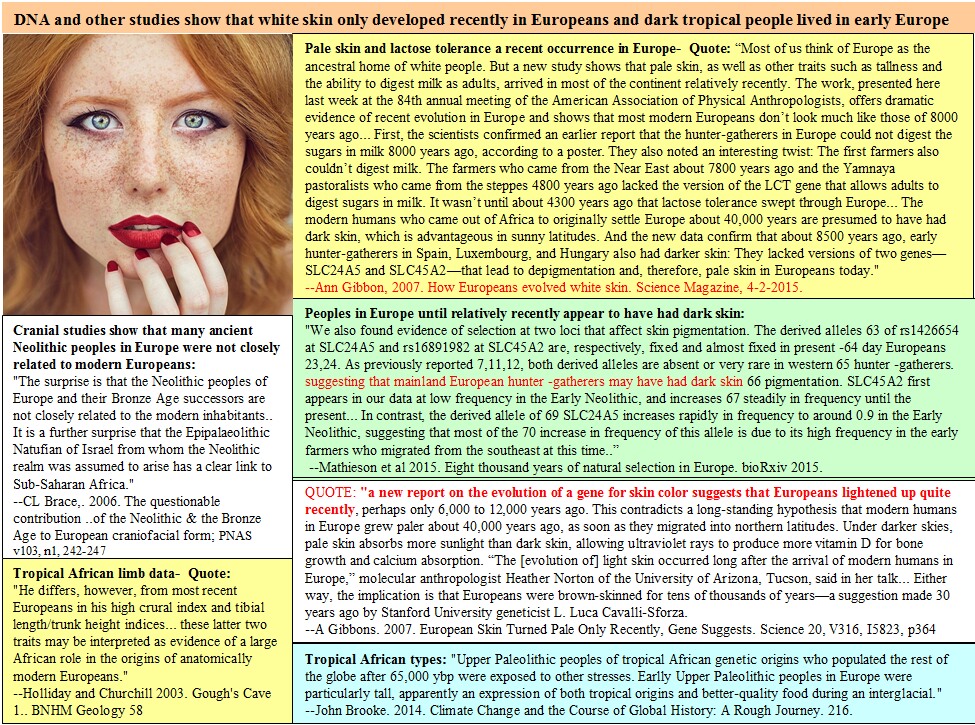
DNA and other studies show that white skin only developed recently in Europeans and dark tropical people lived in early Europe
Pale skin and lactose tolerance a recent occurrence in Europe- Quote: “Most of us think of Europe as the ancestral home of white people. But a new study shows that pale skin, as well as other traits such as tallness and the ability to digest milk as adults, arrived in most of the continent relatively recently. The work, presented here last week at the 84th annual meeting of the American Association of Physical Anthropologists, offers dramatic evidence of recent evolution in Europe and shows that most modern Europeans don’t look much like those of 8000 years ago... First, the scientists confirmed an earlier report that the hunter-gatherers in Europe could not digest the sugars in milk 8000 years ago, according to a poster. They also noted an interesting twist: The first farmers also couldn’t digest milk. The farmers who came from the Near East about 7800 years ago and the Yamnaya pastoralists who came from the steppes 4800 years ago lacked the version of the LCT gene that allows adults to digest sugars in milk. It wasn’t until about 4300 years ago that lactose tolerance swept through Europe... The modern humans who came out of Africa to originally settle Europe about 40,000 years are presumed to have had dark skin, which is advantageous in sunny latitudes. And the new data confirm that about 8500 years ago, early hunter-gatherers in Spain, Luxembourg, and Hungary also had darker skin: They lacked versions of two genes—SLC24A5 and SLC45A2—that lead to depigmentation and, therefore, pale skin in Europeans today."
--Ann Gibbon, 2007. How Europeans evolved white skin. Science Magazine, 4-2-2015.
Peoples in Europe until Relatively recently appear to have had dark skin:
"We also found evidence of selection at two loci that affect skin pigmentation. The derived alleles 63 of rs1426654 at SLC24A5 and rs16891982 at SLC45A2 are, respectively, fixed and almost fixed in present -64 day Europeans 23,24. As previously reported 7,11,12, both derived alleles are absent or very rare in western 65 hunter -gatherers. suggesting that mainland European hunter -gatherers may have had dark skin 66 pigmentation. SLC45A2 first appears in our data at low frequency in the Early Neolithic, and increases 67 steadily in frequency until the present... In contrast, the derived allele of 69 SLC24A5 increases rapidly in frequency to around 0.9 in the Early Neolithic, suggesting that most of the 70 increase in frequency of this allele is due to its high frequency in the early farmers who migrated from the southeast at this time..”
--Mathieson et al 2015. Eight thousand years of natural selection in Europe. bioRxiv 2015.
------------
"The second strongest signal in our analysis is at the derived allele of rs16891982 in SLC45A2, which contributes to light skin pigmentation and is almost fixed in present-day Europeans but occurred at much lower frequency in ancient populations..."
"The strongest signal of selection is at the SNP (rs4988235) responsible for lactase persistence in Europe15,16. Our data (Fig. 3) strengthens previous reports that an appreciable frequency of lactase persistence in Europe only dates to the last 4,000 years3,5,17. The allele’s earliest appearance in the dataset is in a central European Bell Beaker sample (individual I0112) dated to between 2450 and 2140 bc."
--Mathieson, Lizardis et al. 2015. Genome-wide patterns of selection in 230 ancient Eurasians. Nature volume 528, pages 499–503
QUOTE: "a new report on the evolution of a gene for skin color suggests that Europeans lightened up quite recently, perhaps only 6,000 to 12,000 years ago. This contradicts a long-standing hypothesis that modern humans in Europe grew paler about 40,000 years ago, as soon as they migrated into northern latitudes. Under darker skies, pale skin absorbs more sunlight than dark skin, allowing ultraviolet rays to produce more vitamin D for bone growth and calcium absorption. “The [evolution of] light skin occurred long after the arrival of modern humans in Europe,” molecular anthropologist Heather Norton of the University of Arizona, Tucson, said in her talk... Either way, the implication is that Europeans were brown-skinned for tens of thousands of years—a suggestion made 30 years ago by Stanford University geneticist L. Luca Cavalli-Sforza. --A Gibbons. 2007. European Skin Turned Pale Only Recently, Gene Suggests. Science 20, V316, I5823, p364
Tropical African types: "Upper Paleolithic peoples of tropical African genetic origins who populated the rest of the globe after 65,000 ybp were exposed to other stresses. Earlly Upper Paleolithic peoples in Europe were particularly tall, apparently an expression of both tropical origins and better-quality food during an interglacial."
--John Brooke. 2014. Climate Change and the Course of Global History: A Rough Journey. 216.
Cranial studies show that many ancient Neolithic peoples in Europe were not closely related to modern Europeans:
"The surprise is that the Neolithic peoples of Europe and their Bronze Age successors are not closely related to the modern inhabitants.. It is a further surprise that the Epipalaeolithic Natufian of Israel from whom the Neolithic realm was assumed to arise has a clear link to Sub-Saharan Africa."
--CL Brace,. 2006. The questionable contribution ..of the Neolithic & the Bronze Age to European craniofacial form; PNAS v103, n1, 242-247
Tropical African limb data- Quote: "He differs, however, from most recent Europeans in his high crural index and tibial length/trunk height indices... these latter two traits may be interpreted as evidence of a large African role in the origins of anatomically modern Europeans."
--Holliday and Churchill 2003. Gough's Cave 1.. BNHM Geology 58

DNA and other studies show that white skin only developed recently in Europeans and dark tropical people lived in early Europe
Pale skin and lactose tolerance a recent occurrence in Europe- Quote: “Most of us think of Europe as the ancestral home of white people. But a new study shows that pale skin, as well as other traits such as tallness and the ability to digest milk as adults, arrived in most of the continent relatively recently. The work, presented here last week at the 84th annual meeting of the American Association of Physical Anthropologists, offers dramatic evidence of recent evolution in Europe and shows that most modern Europeans don’t look much like those of 8000 years ago... First, the scientists confirmed an earlier report that the hunter-gatherers in Europe could not digest the sugars in milk 8000 years ago, according to a poster. They also noted an interesting twist: The first farmers also couldn’t digest milk. The farmers who came from the Near East about 7800 years ago and the Yamnaya pastoralists who came from the steppes 4800 years ago lacked the version of the LCT gene that allows adults to digest sugars in milk. It wasn’t until about 4300 years ago that lactose tolerance swept through Europe... The modern humans who came out of Africa to originally settle Europe about 40,000 years are presumed to have had dark skin, which is advantageous in sunny latitudes. And the new data confirm that about 8500 years ago, early hunter-gatherers in Spain, Luxembourg, and Hungary also had darker skin: They lacked versions of two genes—SLC24A5 and SLC45A2—that lead to depigmentation and, therefore, pale skin in Europeans today."
--Ann Gibbon, 2007. How Europeans evolved white skin. Science Magazine, 4-2-2015.
Peoples in Europe until Relatively recently appear to have had dark skin:
"We also found evidence of selection at two loci that affect skin pigmentation. The derived alleles 63 of rs1426654 at SLC24A5 and rs16891982 at SLC45A2 are, respectively, fixed and almost fixed in present -64 day Europeans 23,24. As previously reported 7,11,12, both derived alleles are absent or very rare in western 65 hunter -gatherers. suggesting that mainland European hunter -gatherers may have had dark skin 66 pigmentation. SLC45A2 first appears in our data at low frequency in the Early Neolithic, and increases 67 steadily in frequency until the present... In contrast, the derived allele of 69 SLC24A5 increases rapidly in frequency to around 0.9 in the Early Neolithic, suggesting that most of the 70 increase in frequency of this allele is due to its high frequency in the early farmers who migrated from the southeast at this time..”
--Mathieson et al 2015. Eight thousand years of natural selection in Europe. bioRxiv 2015.
------------
"The second strongest signal in our analysis is at the derived allele of rs16891982 in SLC45A2, which contributes to light skin pigmentation and is almost fixed in present-day Europeans but occurred at much lower frequency in ancient populations..."
"The strongest signal of selection is at the SNP (rs4988235) responsible for lactase persistence in Europe15,16. Our data (Fig. 3) strengthens previous reports that an appreciable frequency of lactase persistence in Europe only dates to the last 4,000 years3,5,17. The allele’s earliest appearance in the dataset is in a central European Bell Beaker sample (individual I0112) dated to between 2450 and 2140 bc."
--Mathieson, Lizardis et al. 2015. Genome-wide patterns of selection in 230 ancient Eurasians. Nature volume 528, pages 499–503
QUOTE: "a new report on the evolution of a gene for skin color suggests that Europeans lightened up quite recently, perhaps only 6,000 to 12,000 years ago. This contradicts a long-standing hypothesis that modern humans in Europe grew paler about 40,000 years ago, as soon as they migrated into northern latitudes. Under darker skies, pale skin absorbs more sunlight than dark skin, allowing ultraviolet rays to produce more vitamin D for bone growth and calcium absorption. “The [evolution of] light skin occurred long after the arrival of modern humans in Europe,” molecular anthropologist Heather Norton of the University of Arizona, Tucson, said in her talk... Either way, the implication is that Europeans were brown-skinned for tens of thousands of years—a suggestion made 30 years ago by Stanford University geneticist L. Luca Cavalli-Sforza. --A Gibbons. 2007. European Skin Turned Pale Only Recently, Gene Suggests. Science 20, V316, I5823, p364
Tropical African types: "Upper Paleolithic peoples of tropical African genetic origins who populated the rest of the globe after 65,000 ybp were exposed to other stresses. Earlly Upper Paleolithic peoples in Europe were particularly tall, apparently an expression of both tropical origins and better-quality food during an interglacial."
--John Brooke. 2014. Climate Change and the Course of Global History: A Rough Journey. 216.
Cranial studies show that many ancient Neolithic peoples in Europe were not closely related to modern Europeans:
"The surprise is that the Neolithic peoples of Europe and their Bronze Age successors are not closely related to the modern inhabitants.. It is a further surprise that the Epipalaeolithic Natufian of Israel from whom the Neolithic realm was assumed to arise has a clear link to Sub-Saharan Africa."
--CL Brace,. 2006. The questionable contribution ..of the Neolithic & the Bronze Age to European craniofacial form; PNAS v103, n1, 242-247
Tropical African limb data- Quote: "He differs, however, from most recent Europeans in his high crural index and tibial length/trunk height indices... these latter two traits may be interpreted as evidence of a large African role in the origins of anatomically modern Europeans."
--Holliday and Churchill 2003. Gough's Cave 1.. BNHM Geology 58

